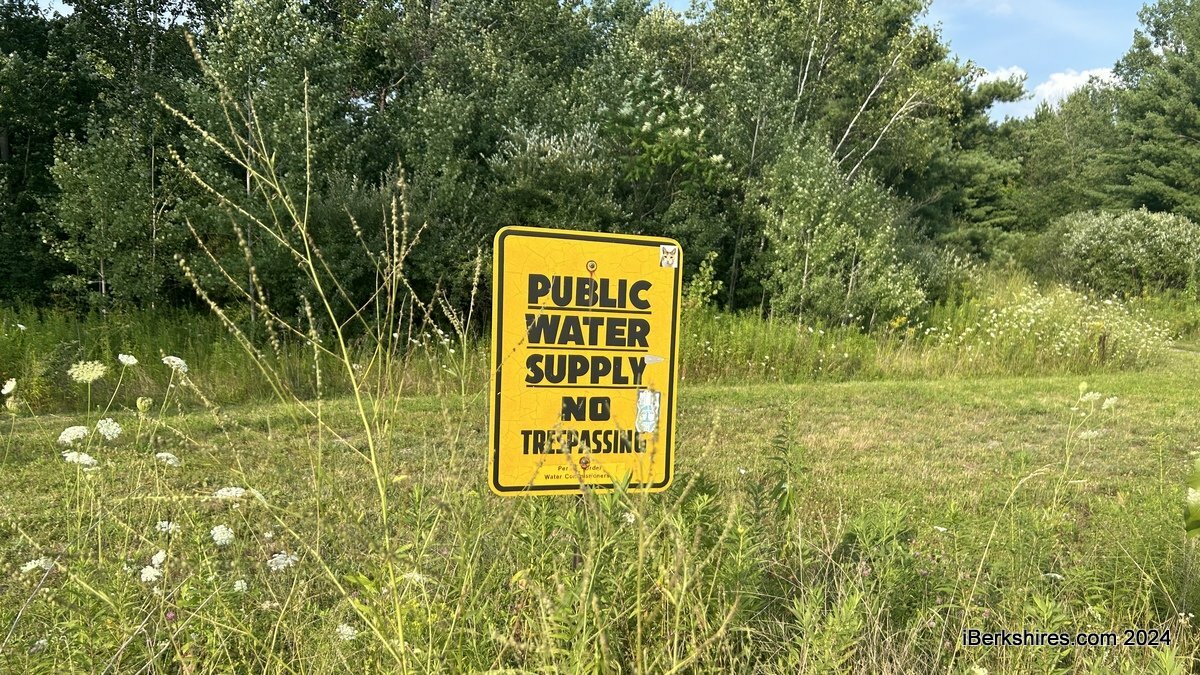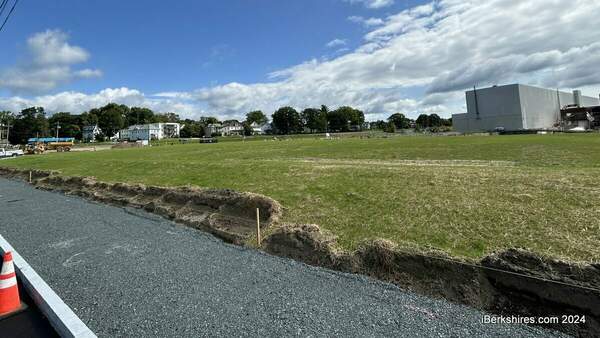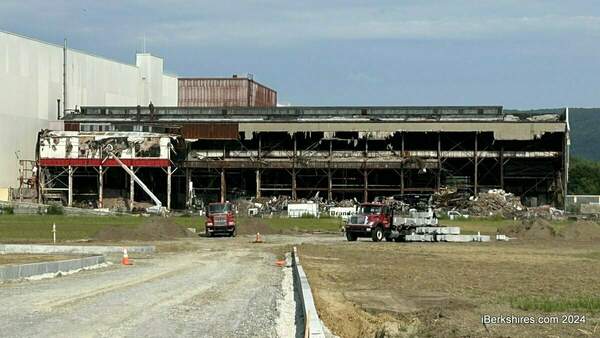
Lanesborough Village Fire/Water Receives $1M State Boost
LANESBOROUGH, Mass. — The Fire and Water District received a $1 million boost from the state for a new drinking water well on Bull Hill Road.
While the project is expected to cost as much as $8 million, this will allow planners to gather enough information to make an informed decision about moving forward with additional permitting, design, and construction, legal consultant Mark Siegars told iBerkshires in an email.
"The Lanesborough Village Fire and Water District is pleased to announce that it is the recipient of a $1,000,000 grant from the United States Environmental Protection Agency (U.S. EPA) and the Massachusetts Department of Environmental Protection (MADEP) under the Emerging Contaminants for Small and Disadvantaged Communities (EC-SDC) grant program funded by the Bipartisan Infrastructure Law (BIL,)," a press release from the district reads.
"The District wishes to express its appreciation to both the USEPA and MADEP for their continued support of small and disadvantaged communities as we struggle to maintain the level, quality, and security of clean drinking water to our customers."
The funds will go toward the continued development of a new well after the district discontinued its Bridge Street well because of PFAS contamination. Perfluoroalkyl and polyfluoroalkyl substances are a wide variety of chemicals used in consumer products. Exposure to sufficiently elevated levels may cause developmental effects in infants, impact certain organ functions and the immune system, elevate cancer risk, and other health effects.
While this grant will defray many of the costs associated with developing the Bull Hill Road well site, additional financial assistance is sought to cover additional costs associated with connecting a new well to its existing storage and distribution systems, the district reported.
On Monday, the Healey-Driscoll administration announced more than $17.4 million in grant awards to 21 public water suppliers to assist with long-term solutions that address and mitigate emerging contaminants in drinking water. MassDEP selected these projects to help remove PFAS and manganese.
Grants range from $4,665 for the New Testament Church in Plymouth to $5,175,000 for the Pepperell Water Department.
The Lanesborough Fire District had the largest award of the three to Berkshire County. The Housatonic Water Works Co. received $350,000 to construct a new treatment facility to remove manganese from the drinking water source at Long Pond and the Egremont Town Hall received $38,000 to install a filtration and treatment unit.
The Lanesborough Village Fire and Water District is separate from the town and was created by a vote of its residents when the Legislature approved its formation. The district serves about 900 customers and most recently extended service to Berkshire Village following a state order requiring the Berkshire Village Cooperative Water District to repair or replace its water supply system.
The new well on Bull Hill Road will be on property the district acquired some time ago. It became a prospect for development three years ago after the state ordered the district to abandon its Bridge St. well due to excessive PFAS contamination, Siegars explained.
The project is anticipated to cost between $5 million and $8 million.
The district has also joined a nationwide class-action lawsuit to recover some additional costs it anticipates moving forward with this project, Siegars reported.
After the quality of the water at the test well was reconfirmed last year, an engineering firm was engaged to prepare an application for a new supply well, he said, this application presented novel issues because the state has not received such an application for over forty years.
At the same time, the district started exploring funding options and eventually received this award.
The project has been permitted for the construction of a full-scale production well that will confirm its capacity to produce the quantity and quality of water needed by the district to serve, Siegars reported.
Construction and testing are expected to begin in October and be completed by the beginning of 2025. If this goes well, the next phase will be additional permitting to allow the use of the well, the design, and the construction of the infrastructure to tie into the district’s system.
Tags: drinking water, USDA,















